Understanding PPR Fittings
Introduction to PPR Fittings
PPR fittings, also known as Polypropylene Random Copolymer fittings, are integral components in modern plumbing systems. These fittings, made from a highly durable type of plastic, are renowned for their resistance to heat, pressure, and chemical corrosion, making them a preferred choice for both residential and industrial applications.
Key Features of PPR Fittings
The primary features of PPR fittings include their lightweight nature, ease of installation, and long lifespan. Additionally, they are known for their excellent thermal and acoustic insulation properties, which contribute to their widespread use in various plumbing systems.
Benefits of Using PPR Fittings
The benefits of PPR fittings extend beyond their durability and resistance. They are eco-friendly, as they can be recycled and have a low carbon footprint. Moreover, their ability to form leak-proof connections ensures a reliable and efficient plumbing system.
Connection Methods of PPR Fittings
Heat Fusion Welding
Overview of Heat Fusion Welding
Heat fusion welding is the most common method used to connect PPR fittings. This process involves heating both the PPR pipe and the fitting until they become molten, and then pressing them together to form a single, seamless joint.
Benefits of Heat Fusion Welding
This method offers several advantages, including creating a strong, leak-proof connection that can withstand high pressure and temperature variations. Moreover, the joints formed are highly resistant to chemical corrosion and scaling, ensuring a long-lasting and reliable plumbing system.
Steps in Heat Fusion Welding
The process begins with the preparation of the pipe and fitting by cutting them to the desired length and ensuring their ends are clean. Next, a specialized welding tool heats the ends until they are molten. Finally, the molten ends are pressed together and allowed to cool, forming a solid and durable joint.
Electrofusion
Introduction to Electrofusion
Electrofusion is another method used to connect PPR fittings, particularly in situations where space is limited or where a higher degree of precision is required. This technique uses special electrofusion fittings that contain embedded heating elements.
Advantages of Electrofusion
The primary advantage of electrofusion is its ability to create precise and reliable joints, even in challenging conditions. It is particularly useful in repairs and modifications, as it does not require extensive equipment or space.
Process of Electrofusion
To perform electrofusion, the pipe and fitting are prepared by cleaning and aligning them. The electrofusion fitting is then placed over the joint area, and an electrical current is applied to the embedded heating element. This current heats the fitting and the pipe, melting them together to form a strong joint.
Mechanical Connections
Overview of Mechanical Connections
Mechanical connections are less common but still used in specific applications. These connections involve the use of threaded fittings, compression fittings, or clamp fittings to join PPR pipes.
Benefits of Mechanical Connections
Mechanical connections offer flexibility and ease of disassembly, making them suitable for temporary installations or situations where the plumbing system may need to be frequently modified.
Types of Mechanical Connections
- Threaded Fittings: These fittings use threads to connect pipes, providing a secure joint that can be easily disassembled.
- Compression Fittings: These fittings use a compression ring and nut to create a tight seal around the pipe.
- Clamp Fittings: These fittings use clamps to hold the pipes together, providing a quick and easy connection method.
Choosing the Right Connection Method
Factors to Consider
When choosing the appropriate connection method for PPR fittings, several factors need to be considered. These include the specific application, the environmental conditions, and the required durability and reliability of the plumbing system.
Application Requirements
For high-pressure and high-temperature applications, heat fusion welding is typically the preferred method due to its ability to create strong and leak-proof joints. In contrast, electrofusion is ideal for precision installations and repairs, while mechanical connections offer flexibility for temporary or frequently modified systems.
Environmental Conditions
Environmental conditions such as space constraints, accessibility, and the presence of chemicals should also influence the choice of connection method. Electrofusion is advantageous in tight spaces, while heat fusion welding provides the best resistance to chemical corrosion.
Long-Term Reliability
For long-term reliability, heat fusion welding is generally the best choice due to its ability to form seamless, durable joints. However, for applications requiring frequent disassembly or modification, mechanical connections may be more suitable.
Conclusion: Optimizing PPR Fittings Connections
Summary of Connection Methods
In conclusion, the connection methods for PPR fittings are diverse, each offering unique advantages. Heat fusion welding provides strong, reliable joints for most applications, while electrofusion offers precision and flexibility in challenging conditions. Mechanical connections, though less common, offer ease of disassembly for temporary systems.
Making Informed Decisions
By understanding the various connection methods and their respective benefits, you can make informed decisions that ensure the efficiency and reliability of your plumbing system. Whether you’re working on a residential project or an industrial installation, choosing the right connection method is crucial for optimizing performance and longevity.
Final Thoughts
The versatility and reliability of PPR fittings, combined with the appropriate connection method, can significantly enhance the performance of any plumbing system. Embracing the strengths of each connection technique ensures that your installations are secure, efficient, and built to last.
IFAN is a Chinese manufacturer of plastic pipes, fittings and valves with 30 years of experience. If you are interested in IFAN copper fittings, copper valves, plastic pipes and fittings, please contact us. IFAN offers you a variety of standard pipes to meet your specific needs. Click below to learn more about IFAN’s wide range of affordable and cost-effective valve products and piping system related products.
We will reply your email or fax within 24 hours.
You can call us at any time if there is any question on our production.
For more information,pls visit our webside https://pipefittingpro.com/
Pls Mailto: [email protected]
Whatsapp: + 86 19857948982

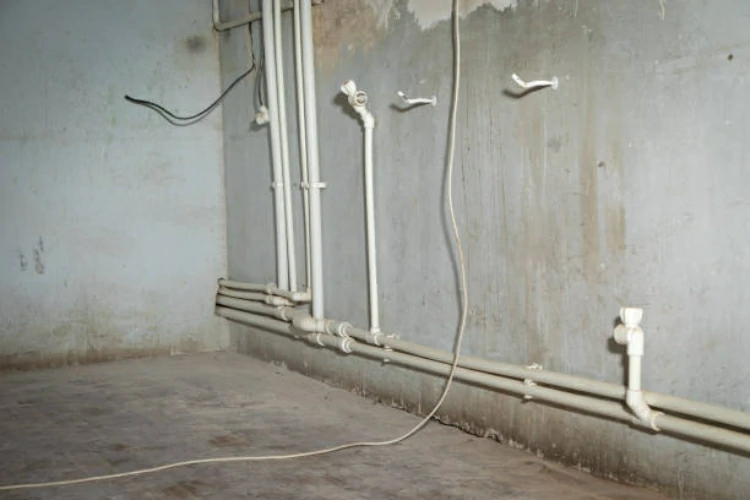
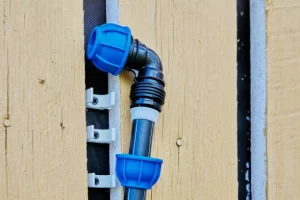
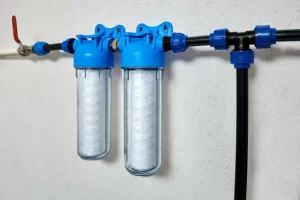
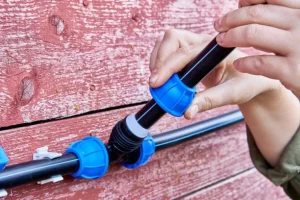
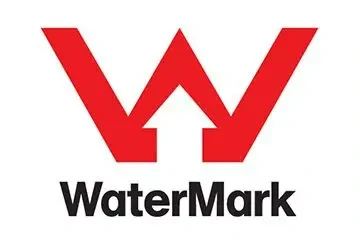

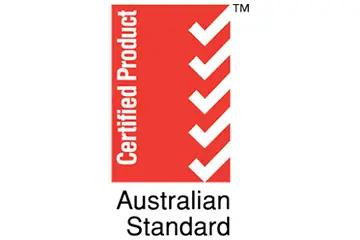
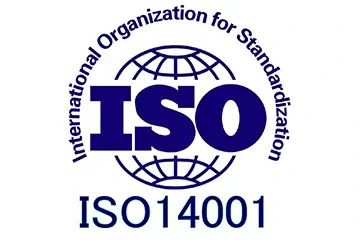

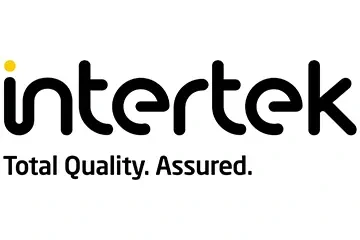


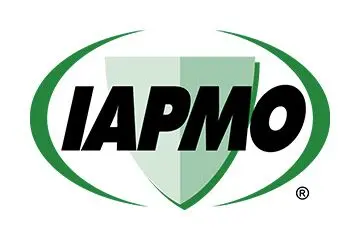
Recent Comments